Meet Murat Ses | Composer, keyboardist,


We had the good fortune of connecting with Murat Ses and we’ve shared our conversation below.
Hi Murat, what is the most important factor behind your success?
My unique yet accessible style I created back in the late 60s and early 70s: Anadolu Pop.
Murat Ses is known “Father of Anadolu Pop”
Starting from 90s after MIDI revolution and programmable synthesizers I was more into microtonal tuning and unique timbres from my native geography Turkey, especially Anatolian music from the ancient Hittites to modern times comprising all cultural characteristics from the region.
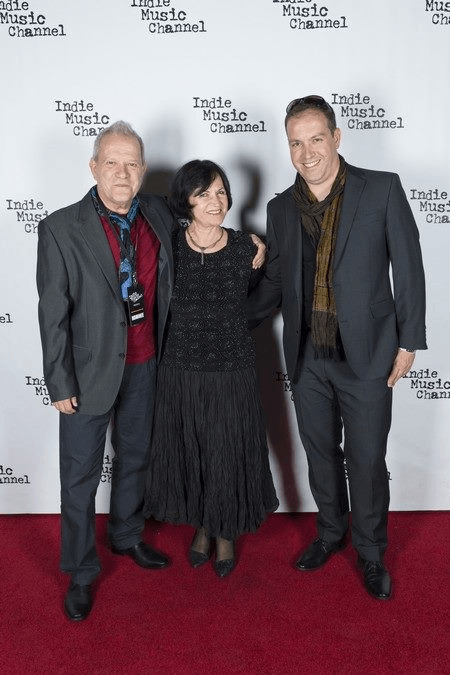
Can you open up a bit about your work and career? We’re big fans and we’d love for our community to learn more about your work.
My musical roots originate in “The Melting Pot of Istanbul’
My musical journey is inextricably intertwined with the vibrant city of Istanbul, where I spent my formative years. This metropolis, once the capital of a vast empire and a cultural crossroads, provided a fertile ground for the development of my artistry.
Istanbul was a melting pot of cultures, with Greek, Armenian, Jewish, Kurdish, and Turkish families living side-by-side. This diversity fostered an atmosphere of openness and acceptance, where different influences could seamlessly blend and inspire.
The sounds of the city streets, from the traditional melodies of street vendors to the Western music heard on the radio, shaped my musical perception. I absorbed these disparate elements, creating a unique fusion that laid the foundation for my later explorations in Anadolu Pop and later Anadolu Pop 2.0 / Electric Levantine.
My experimentation with blending traditional Anatolian music with Western styles earned me the distinction of being considered the ‘Father of Anadolu Pop.’ Despite skepticism from some quarters, I persisted in my pursuit of musical innovation… and here we are with a myriad of accolades especially from the USA and multiple Billboard chartings in my “own genre”
The legacy of Anadolu Pop lives still on in Turkish music today. This interplay of old and new, East and West, is a testament to the enduring power of Istanbul’s cultural vibrancy.
——————–
Throughout my life, I have been deeply engaged with Anatolian music, seeking to harmonize it and make it accessible to a global audience.
As an avid student of music across genres and styles, I recognize that learning is an ongoing journey. This passion drives me to continue exploring and expanding my knowledge. Openness to diverse cultures and people is paramount, especially when involved in projects like Anadolu Pop and Electric Levantine.
My perspective on civilization and culture is distinctive. I believe in transcending contemporary divisions to bridge Western and Eastern values. This approach eliminates the ‘clash of cultures,’ as we are all fundamentally ‘one and the same.’ Our different perspectives may lead us to perceive the world differently, but we should never lose sight of our shared humanity.
This message of unity and universality was the central theme of my first three solo albums in the 1990s: ‘Automaton,’ ‘Binfen,’ and ‘Culduz.’ These albums formed a trilogy exploring ‘The Timeless and Boundless Context of Civilization.’
To your question whether it was easy/difficult to achieve my goals..
The pursuit of music fusion can present certain challenges. Firstly, it requires a highly localized approach to capture the nuances of specific regions. However, it is also crucial to avoid neglecting the artistic aspects in favor of political messaging.
During the 1970s, political commentary in music was prevalent. While it could garner attention, it often hindered international accessibility. Bands would gain recognition within their own countries but fail to connect with listeners abroad.
In contrast to this trend, my music was guided by authentic Turkish rhythms and contemporary styles. My wife, Nihal, played a pivotal role by drawing on her experience with Anatolian folk dance. She founded first folk dance group in our school Austrian St George College in Istanbul. I was overwhelmed by the music she brought in. Together, we sought to create contemporary music rooted in Anatolian traditions, inspired by the fusion experiences of Latin, African, and Celtic music but with our roots. We called this new genre ANADOLU POP.
This approach, which was novel for our region, proved successful. In 1971, our work was recognized by the prestigious Academie Charles Cros in Paris, France. This award validated our fusion approach, demonstrating how it could transcend political boundaries and resonate with audiences worldwide.
After this great success.. after almost half a century our unique approach brought me a big list of recognitions especially in California and New York, as well as a Grammy Voting Member status, and as said before multiple Billboard chartings.
Today we have a great family of peers gathered around Nihal’s CLOUZINE magazine since 8 years, Clouzine International Music Awards, as well as globally Top10 charting radio show: Clouzine Eclectic Radio Show.
Nihal still bringing concepts in and do artwork for our albums.
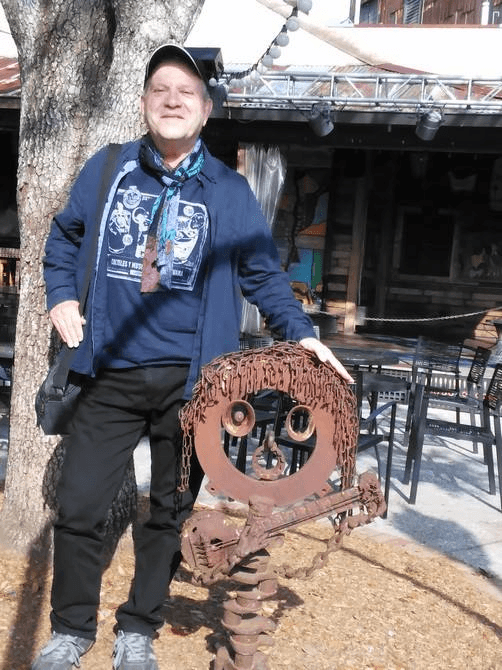
Let’s say your best friend was visiting the area and you wanted to show them the best time ever. Where would you take them? Give us a little itinerary – say it was a week long trip, where would you eat, drink, visit, hang out, etc.
I would recommend Istanbul as a whole.
This great city has a lot to offer.

Shoutout is all about shouting out others who you feel deserve additional recognition and exposure. Who would you like to shoutout?
Yes.. to my longtime friend and wife Nihal Ses we have been working on achieving our goals since decades.
Website: muratses.com clouzine.net clouzinemagazine.com
Instagram: @muratses2, @clouzinemagazine
Twitter: https://twitter.com/clouzine https://twitter.com/MuratSes
Facebook: https://www.facebook.com/murat.ses.1/ https://www.facebook.com/clouzine/ https://www.facebook.com/ClouzineMusicAwards/
Other: https://open.spotify.com/search/murat%20ses
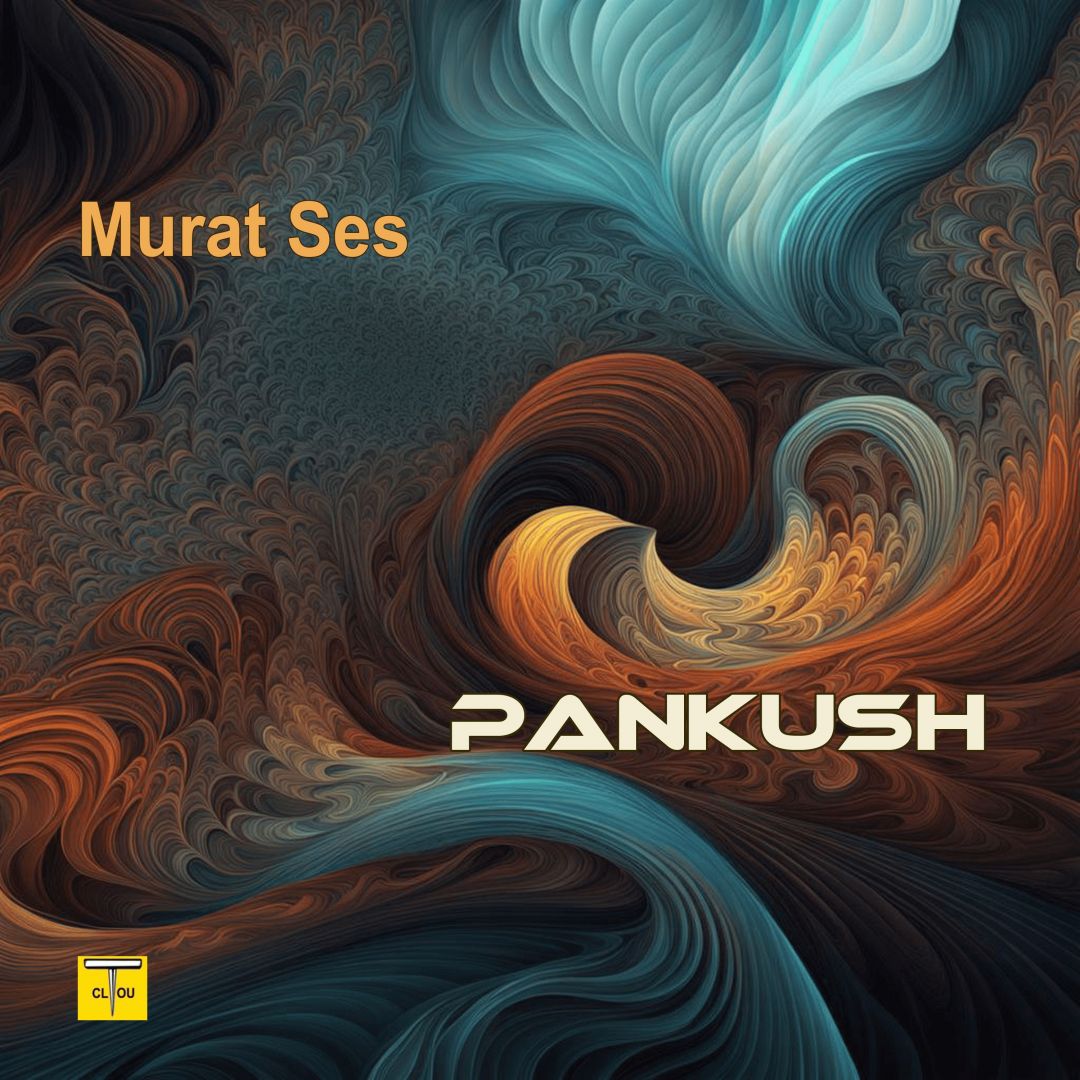
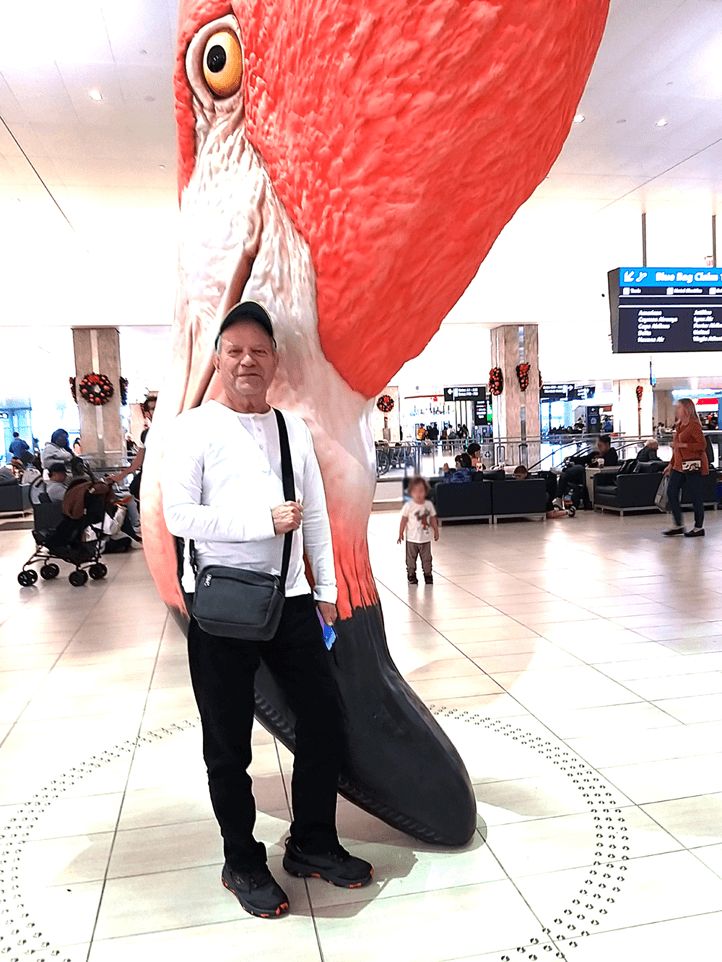
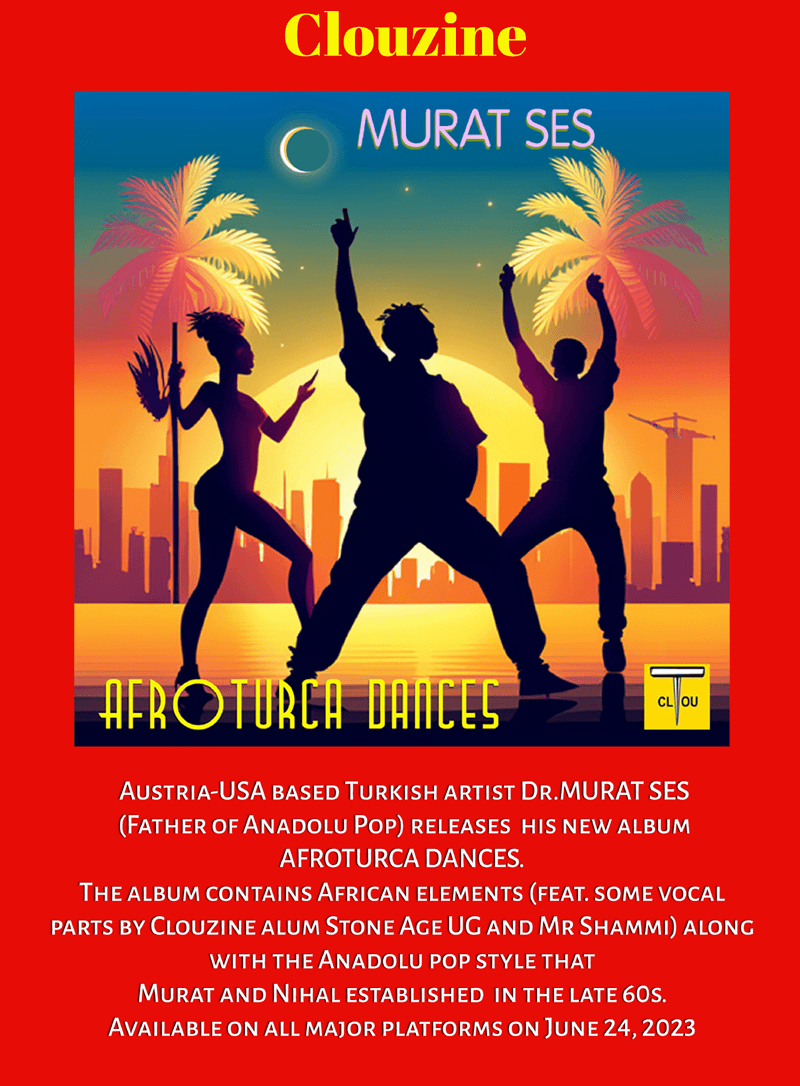
Image Credits
Nihal Ses
